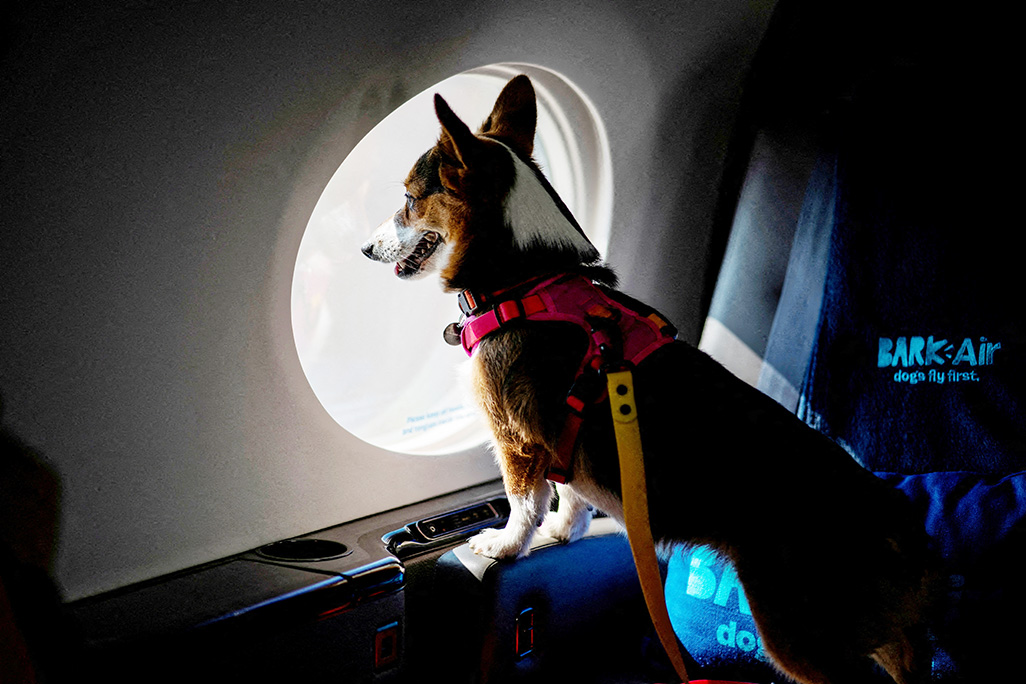By Elias Hazou
Copyright cyprus-mail

Colombia is asking the U.N.’s aviation agency to support global standards for transporting pets by air across borders, following high-profile cases of dogs dying on planes.
Colombia wants the International Civil Aviation Organization, which sets standards on everything from runways to seatbelts, to come up with rules for pets on aircraft, the country’s ICAO representative said.
The South American country’s proposal, which has support from about two dozen countries in Latin America and Europe, comes ahead of ICAO’s triennial assembly that runs from September 23 to October 3.
“Colombia is talking about this because in our country there were a few cases that adversely impacted the health of pets,” Mauricio Ramirez Koppel, an ICAO representative from Colombia, told Reuters on Tuesday. “And we found that there is no guide on the part of ICAO that establishes standards and rules for the adequate transport of pets and living beings.”
ICAO cannot impose rules on member states, but countries that approve the agency’s standards and guidance usually abide by them.
Growing pet ownership and a rebound in travel in the wake of the COVID-19 pandemic have driven demand for “dog-first” flights like those on specialist U.S. carrier BARK Air.
Virgin Australia VGN.AX on Wednesday announced Australia’s first service that allows small dogs or cats in the cabin on some domestic flights, starting on October 16.
Pets are sometimes transported in the cargo hold rather than in the cabin, though snub-nosed breeds like French bulldogs and pugs are banned by some airlines because they have an increased risk of heatstroke.
Incidents involving injured or dead animals on planes remain rare, according to data from the U.S. Department of Transportation.
But the growth in pet travel has generated concerns over ventilation, unsafe containment, inadequate temperature conditions and long flight transfer times increasing safety risks, according to an ICAO assembly working paper from Colombia.
In 2021 and 2022, there were cases of dogs dying aboard two small carriers in the South American nation, while in 2020 the Canadian Kennel Club called in a statement for government reforms following the death of dozens of dogs on a Ukraine International Airlines flight from Kyiv to Toronto.
And in 2018, a small French bulldog died on a United Airlines UAL.O flight after a cabin attendant ordered it stowed in an overhead bin. That incident led to U.S. legislation that explicitly barred airlines from putting animals in danger by placing them in overhead baggage compartments.
Airline lobby group International Air Transport Association has rules for animal transport across borders, but they are not binding, Koppel said. The absence of global guidelines approved by regulators has resulted in a patchwork of rules.
Some Middle Eastern carriers like Qatar Airways allow falcons in the cabin, while other countries like Australia require dogs and cats to be quarantined on arrival.
“There’s a legal gap,” Koppel said.



